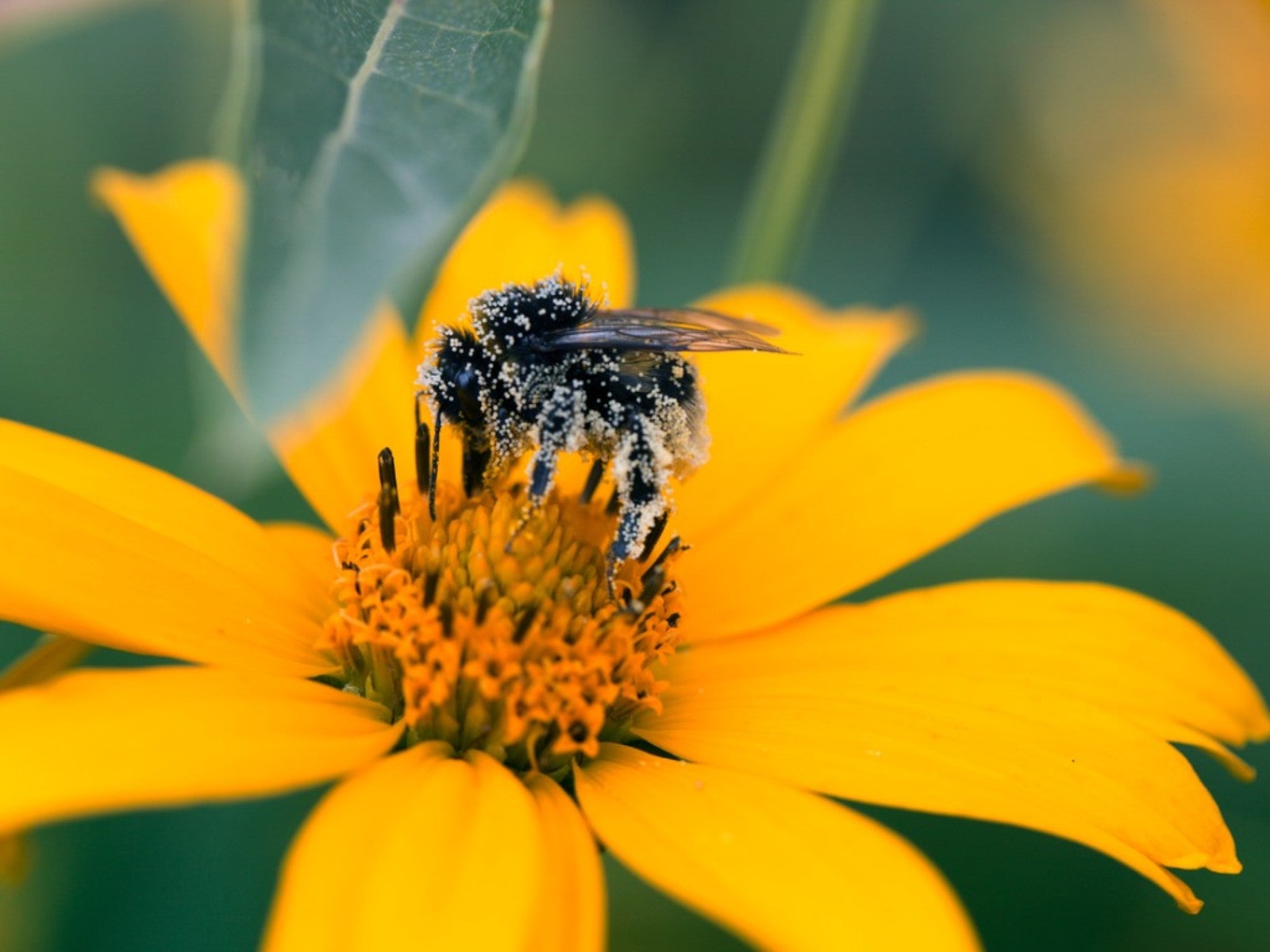Different Plant Adaptations For Pollination


All types of plants that develop seeds to produce the next generation require pollination, the transfer of pollen from the male to female components. Multiple plant adaptations for pollination have evolved over millions of years to make this happen.
How Do Plants Attract Pollinators?
Wind, water, and animals are all potential vectors for pollination. Wind and water are passive, moving pollen by chance. Animals, on the other hand, are pollinators that move from one plant to another, taking pollen with them.
This is a more active and productive form of pollination, but it requires that plants draw in pollinators. They attract bats, bees, butterflies, and other animals through showy flowers and some very specific adaptations.
Which Part of a Plant Attracts Pollinators?
Conifers have a very passive way of pollination, relying on the wind to move pollen. Flowering plants, on the other hand, use their blooms. Flower petals, sepals, and nectar use color, shape, aroma, and taste to attract pollinators.
Some species’ flowers aim to attract a lot of different pollinators, while others have evolved attractants specific to one type or species of animal. These animals evolved alongside the plants to fit together like puzzle pieces.
What Are Pollinator Syndromes
Pollinator syndrome is the term for a characteristic of a flower that attracts a pollinator. For instance, bees are drawn to white, yellow, blue, or ultraviolet colors on flowers. These are a flower’s pollinator syndromes for bees.
Another example is aroma for bats. Flowers that give off a strong and musty smell after dark attract bats for pollination. Tube-shaped flowers attract butterflies and hummingbirds with their long tongues that reach into them for nectar.
Sign up for the Gardening Know How newsletter today and receive a free copy of our e-book "How to Grow Delicious Tomatoes".
Unusual Adaptations for Pollination
None of these are actually unusual. They are simply the way species have co-evolved. These adaptations seem unusual to most of us who think of bees and bright, pleasant-smelling flowers as the ultimate pollination pair. Here are some pollinator syndromes that use other strategies:
- Many flies are pollinators. They are attracted to flowers that mimic rotting meet. They might have a brown or flecked coloration and a putrid smell. Examples include skunk cabbage and Jack-in-the-pulpit.
- Midges are small flies that pollinate tropical cocoa trees. The trees’ flowers are low to the ground and point downward so the midges can reach them. They also have a mushroom aroma because midges are attracted to fungi.
- Moths are nocturnal insects, and some plants evolved night-blooming flowers with a sweet scent to attract them. Moonflower even glows at night with reflected moonlight to help moths find them.
- Some species of orchids use unusual flower shapes to attract wasp pollinators. Their shapes mimic those of female wasps. They even give off an aroma similar to female wasp pheromones.

Mary Ellen Ellis has been gardening for over 20 years. With degrees in Chemistry and Biology, Mary Ellen's specialties are flowers, native plants, and herbs.